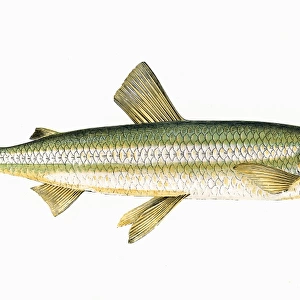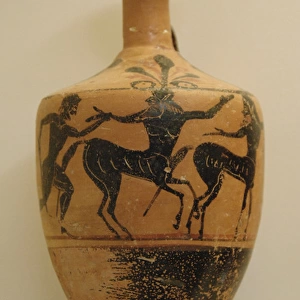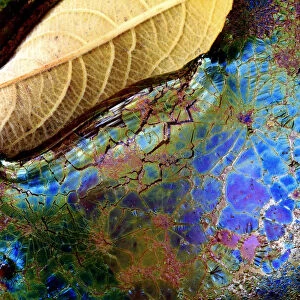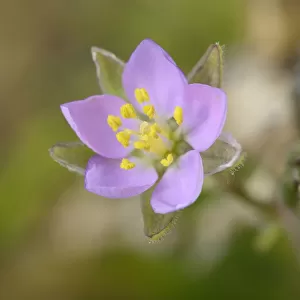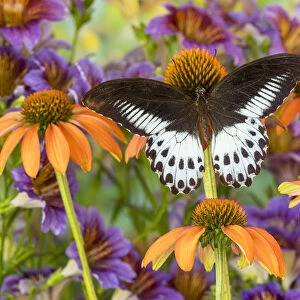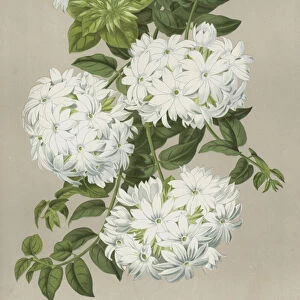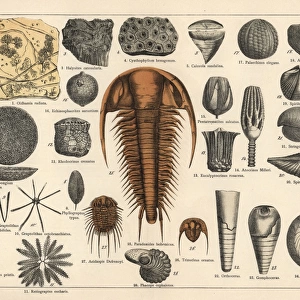Home > Animals > Birds > Flamingos > Greater Flamingo
Leguats Giant, Leguatia gigantea, extinct
![]()

Wall Art and Photo Gifts from Mary Evans Picture Library
Leguats Giant, Leguatia gigantea, extinct
Leguats Giant, Leguatia gigantea, extinct type of giant rail.. Colour printed (chromolithograph) illustration by F. John from Tiere der Urwelt Animals of the Prehistoric World, 1910, Hamburg
Mary Evans Picture Library makes available wonderful images created for people to enjoy over the centuries
Media ID 14212097
© Florilegius / Mary Evans
Creature Dinosaur Extinct Flamingo Giant Gigantea Greater Hamburg Phoenicopterus Prehistoric Roseus Tiere Urwelt
FEATURES IN THESE COLLECTIONS
> Animals
> Birds
> Flamingos
> Greater Flamingo
> Animals
> Extinct
> Dinosaurs
EDITORS COMMENTS
This chromolithograph illustration, titled "Leguats Giant," showcases the extinct species Leguatia gigantea, also known as the Greater Leguat or Giant Rail. This colossal bird, depicted in vibrant colors, once roamed the wetlands of New Caledonia, an island nation located in the South Pacific, during the Pleistocene epoch. Leguatia gigantea was a remarkable creature, standing at over a meter tall and weighing up to 15 kilograms. Its body structure bore a striking resemblance to that of a modern-day flamingo, with long, thin legs and a slender, elongated neck. However, unlike its living counterpart, the Phoenicopterus roseus or Greater Flamingo, Leguatia gigantea was covered in dark plumage, with the exception of its white underparts and the distinctive red coloration on its legs and feet. The history of Leguatia gigantea is shrouded in mystery, as very few fossils have been discovered to date. The first remains were identified in the late 19th century, and since then, only a handful of specimens have been unearthed. The reasons for its extinction remain unclear, but it is believed that habitat loss and competition with other large birds may have played a role. This stunning illustration, created by F. John for the publication "Tiere der Urwelt" or "Animals of the Prehistoric World," published in Hamburg in 1910, serves as a poignant reminder of the incredible diversity of life that has existed on our planet throughout history. The intricate details and lifelike quality of the illustration transport us back in time, allowing us to marvel at the beauty and wonder of this extinct giant rail.
MADE IN THE USA
Safe Shipping with 30 Day Money Back Guarantee
FREE PERSONALISATION*
We are proud to offer a range of customisation features including Personalised Captions, Color Filters and Picture Zoom Tools
SECURE PAYMENTS
We happily accept a wide range of payment options so you can pay for the things you need in the way that is most convenient for you
* Options may vary by product and licensing agreement. Zoomed Pictures can be adjusted in the Cart.


